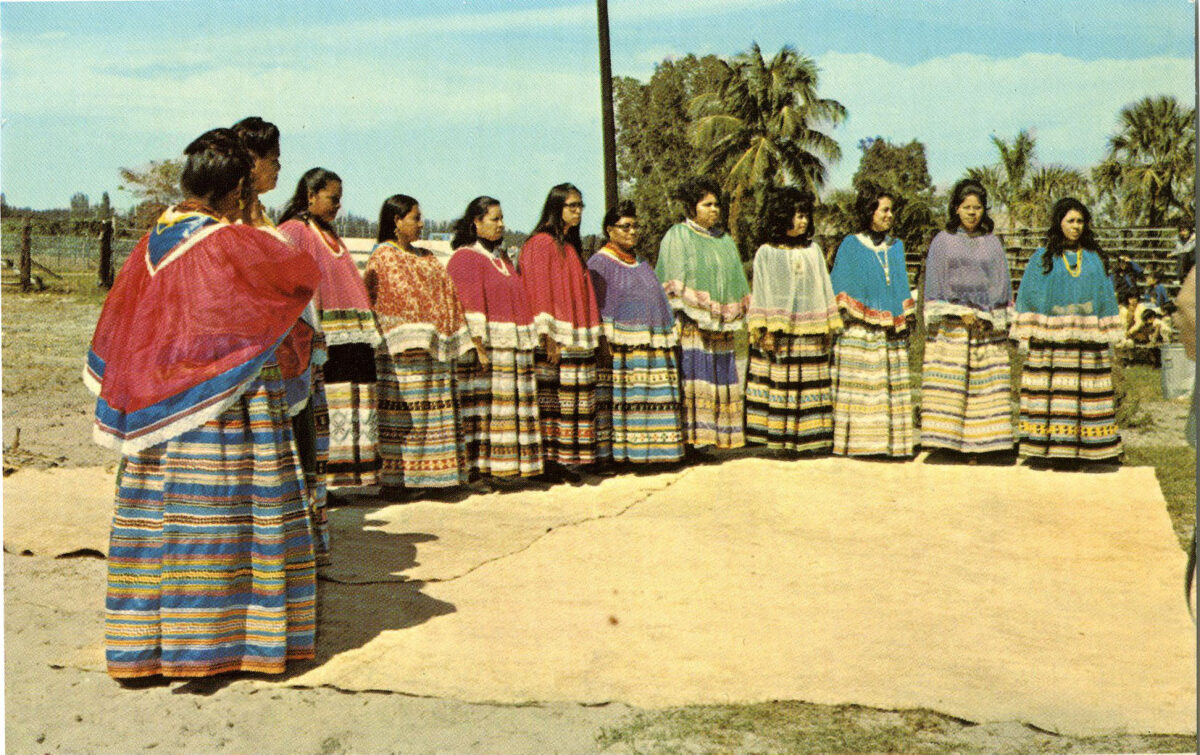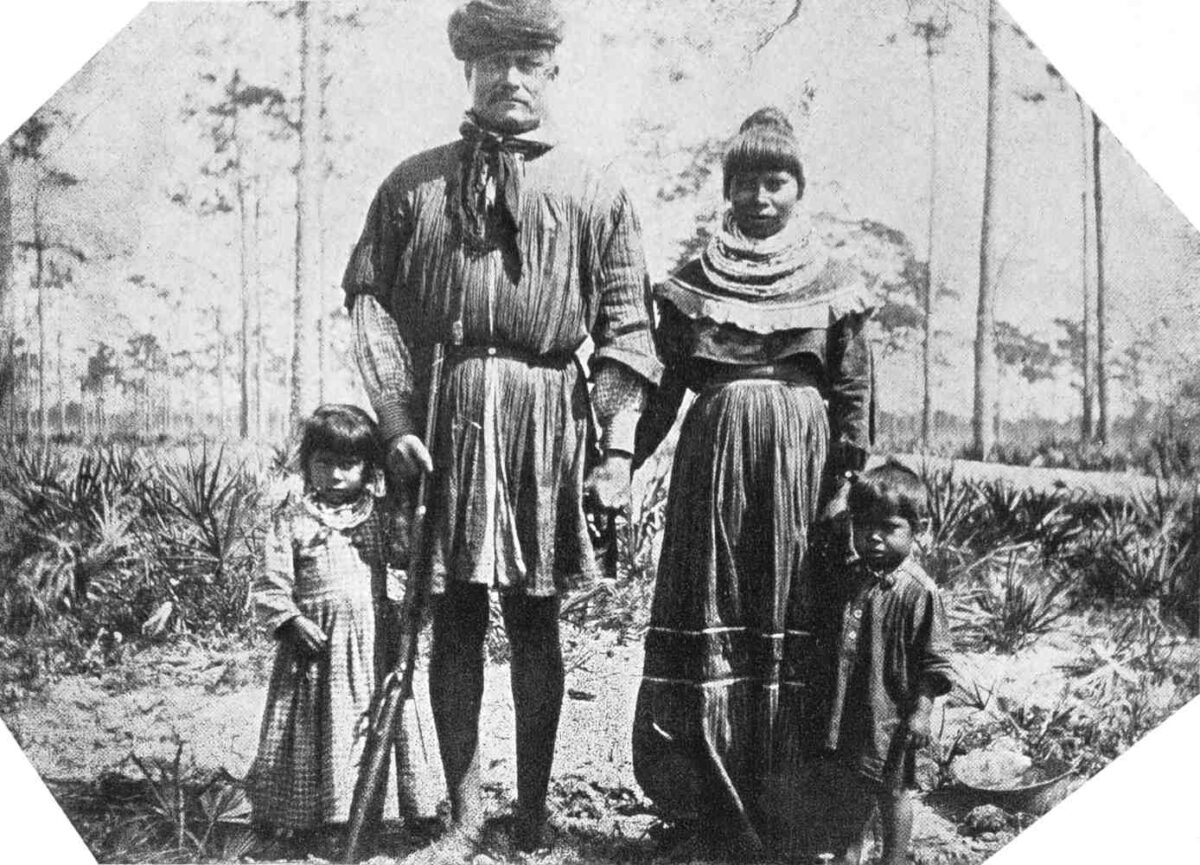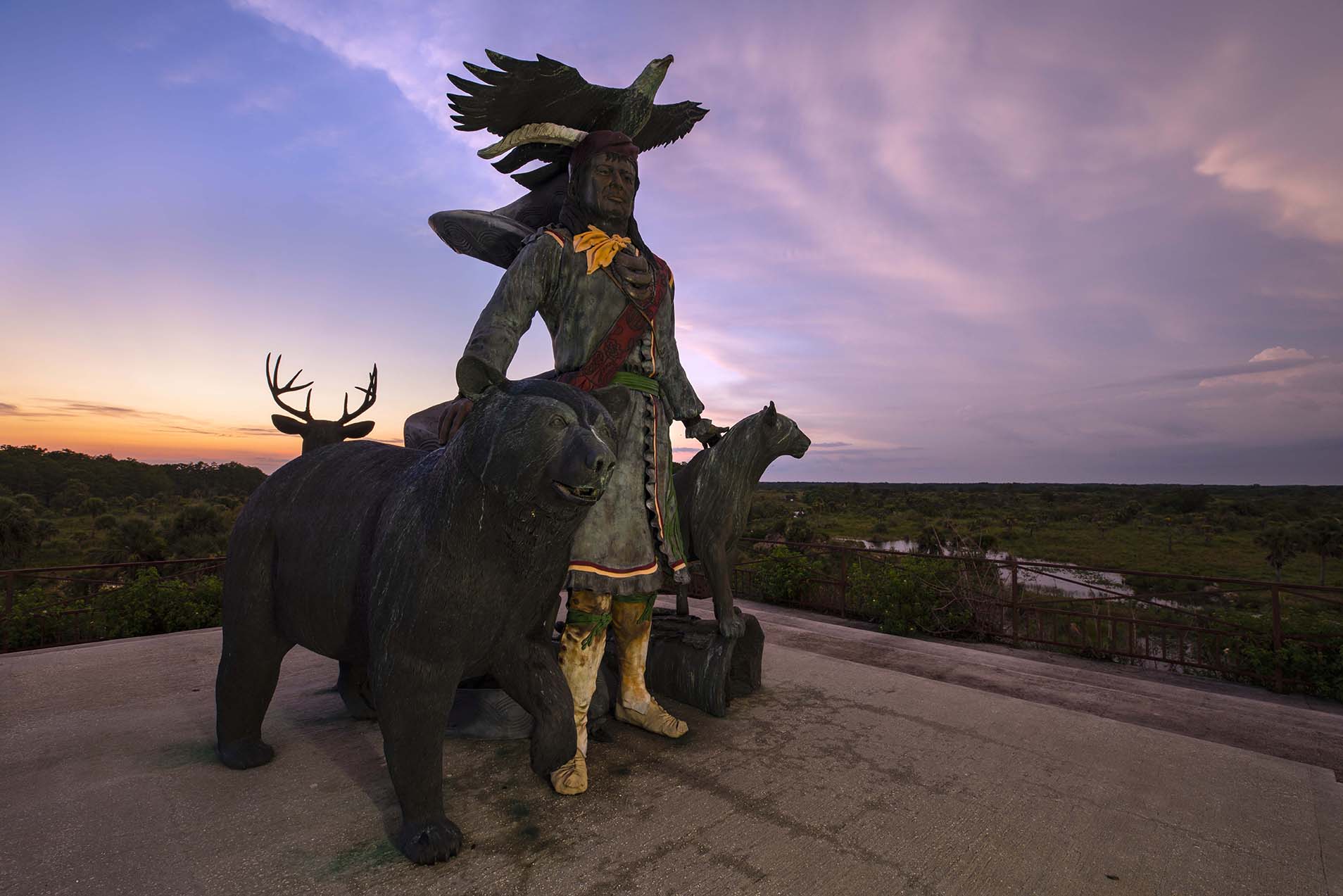50th Anniversary Seminole Tribal Fair & Pow Wow
It’s time for Tribal Fair! This week, join us to learn about the 50th Anniversary Seminole Tribal Fair & Pow Wow. Held February 10-12th, 2023 at the Seminole Hard Rock Casino in Hollywood, FL.
Seminole Spaces: Okalee Indian Village
This week, join us to take a closer look at the Seminole Okalee Indian Village, which opened in the late 1950s on the Hollywood (Dania) Reservation.
Tom Tiger’s Camp: The First Seminole Tourism Enterprise
Welcome to the first of a brand-new blog series; decades of Seminole tourism! This week, look back to the early 1900s. Captain Tom Tiger started and ran the first Seminole tourism enterprise in 1904. Although short lived, it would signal a long-lasting relationship between Seminoles and Florida Tourism.
Seminole Tribe: Prosperity Out of the Florida Everglades
There is a wild, thriving ecosystem quietly booming in southern Florida today. It is the Florida Everglades, and it is abundant, peaceful and all natural. A beautiful variety of plant, animal, and insect species thrive off of the land and each other, working in perfect harmony to sustain life. Also inhabiting the land are the hard-working, resilient people, known as the Seminole Tribe of Florida. Out of the Florida Everglades they have built an entire community, filled with unique arts, foods, businesses, and a culture entirely their own. Their success today is an accumulation of hardship, survival and strength on their eventual road to prosperity. Adversity Could Not Stop the Seminoles Long before the Seminole Tribe of Florida began to flourish, they would first overcome an incredible amount of adversity. Once peacefully subsisting, the Seminoles saw significant population decline when the English invaded in the 17th and 18th centuries, bringing with them
Seminole Tribe: Then and Now
During the 20th Century, the United States was home to an estimated 50 million indigenous people. In the early 16th century, approximately 200,000 Natives were living in Florida specifically, a number that today has dwindled nearly tri-fold due to widespread disease, enslavement and war. The powerful journey of Native Americans has been one of resilience and prosperity, and one that eventually led to the creation of the Florida Seminole Tribe. Still, many Americans have yet to discover the rich culture and powerful history that surrounds the Seminoles and their journey into Big Cypress Reservation in the Florida Everglades. Seminoles Then The Seminoles are considered part of the Five Civilized Tribes, dubbed so by early Anglo-European settlers- along with the Cherokee, Chickasaw, Choctaw and Creek tribes. During the 17th and 18th centuries, long before the Seminole tribe was formed, Native American populations shrank due to disease, slavery and murder brought on by






